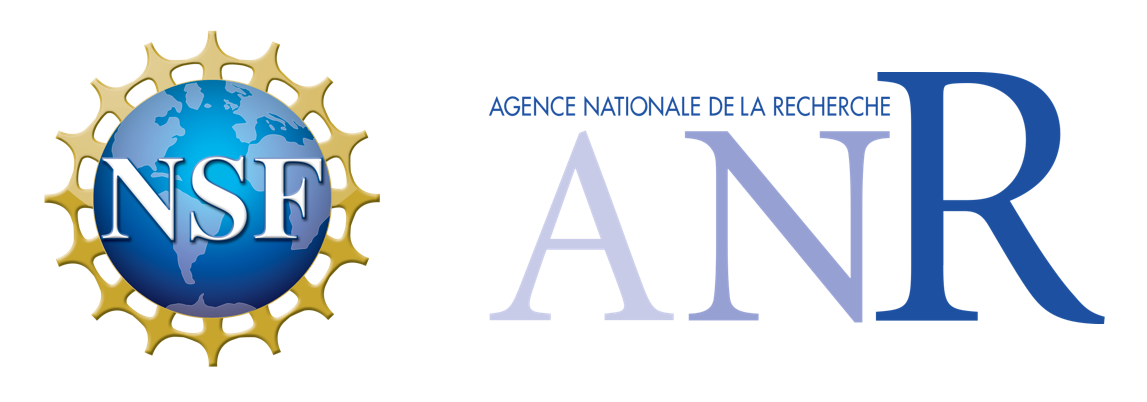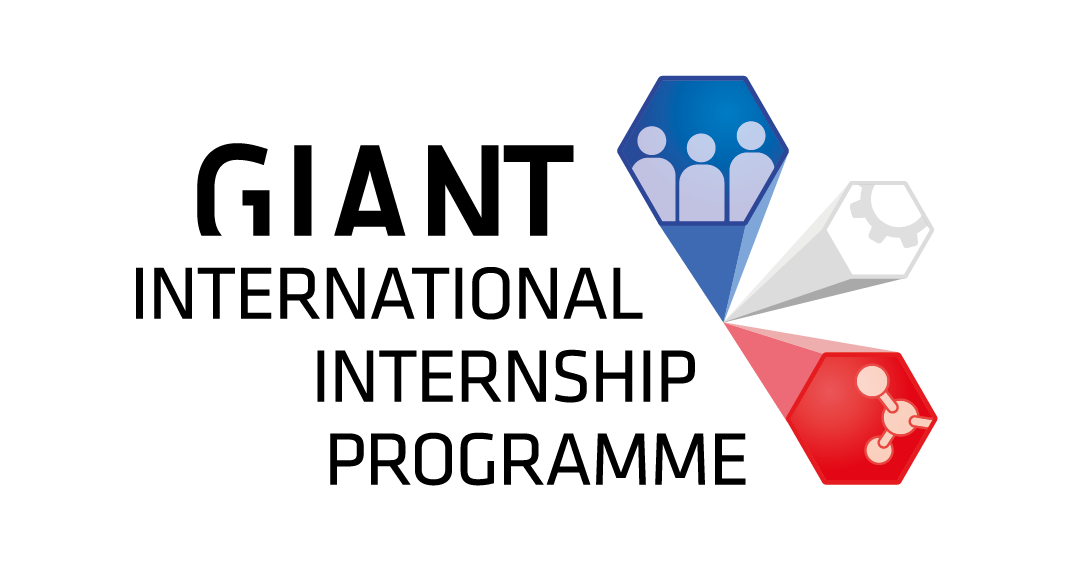Since 2015, the University of Pennsylvania School of Engineering and Applied Sciences (Penn), the GIANT innovation campus and Solvay are partnering for a 5-year project on active coating technologies for human habitat.

The National Science Foundation (NSF) awarded Penn a $3.8 million grant to the REACT project (Reasearch and Education in Active Coating Technologies for the Human Habitat). ANR, the French agency for research, granted 300k€ to GIANT.
REACT is a NSF Partnership for International Research and Education (PIRE).

Research : water, energy and infection transmission
The research is organized around three purposes to answer priorities in emergency situations : providing shelter, water and energy for many, while preventing risks of infection transmission. REACT works on the following active coating technologies (ACTs) :
- ACT 1. Hierarchical Structures for Water Management
- ACT 2. Prevention of Infection Transmission
- ACT 3. Self-assembled Nanomaterials for Energy Generation and Storage
Teams involved in REACT on the GIANT campus are based at INAC (CNRS/CEA), CEA Liten, Institut Laue Langevin, and LMGP (CNRS/Grenoble INP). 18 GIANT researchers contribute to the three ACTs.
Education : international research experience
REACT aims at developing junior researchers in material sciences, using the complementarity of knowledge, skills and equipement in Philadelphia and Grenoble.
 Every summer, around 10 students from Penn take part in the GIANT International Internship Programme, hosted by the Grenoble-based teams for a 10-week internship. GIIP offers them the opportunity to explore the large-scale facilities of GIANT, and to network in its highly internationalized environment.
Every summer, around 10 students from Penn take part in the GIANT International Internship Programme, hosted by the Grenoble-based teams for a 10-week internship. GIIP offers them the opportunity to explore the large-scale facilities of GIANT, and to network in its highly internationalized environment.
Conversely, 4 to 6 students from Grenoble-INP Phelma and UGA’s IUT Chimie fly to Philadelphia for an internship in Penn labs, or at the COMPASS joint unit of CNRS, Penn and Solvay.
Since the beginning of the project in 2015, 26 students from Penn and partner universities (Bryn Mawr College and Villanova) have taken part in GIIP and contributed to the work of Grenoble teams on REACT. 16 students from Grenoble have done so at Penn and COMPASS
.
This adds to the 17 US students and 20 French students who benefitted from the partners’ exchange program in place before REACT, which led to the structuration of the project by the PIs.
Innovation : towards concrete solutions for emergency shelter
Both at Penn and GIANT, the REACT teams also work on developing prototypes providing solutions to refugees and humanitarian professionals on the field.
At GIANR, the Penn interns extend their stay by 1 week after their internship, for a rapid prototyping workshop at the CEA FabLab. Under the guidance of CEA designers, they come up with solutions integrating the materials developed by REACT to be used in various emergency situations (natural disasters, population displacements following conflicts…).
More information : http://react.seas.upenn.edu/
Recent articles : https://www.nature.com/articles/s41563-018-0097-2